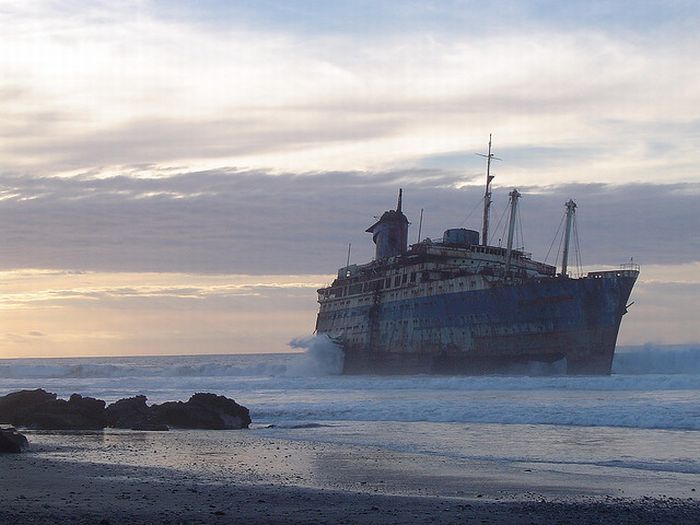|
|
Shipwreck
|
The British Protection of Wrecks Act, enacted to protect historic wrecks, controls access to wrecks such as Cattewater Wreck which can only be visited or investigated under licence. The British Protection of Military Remains Act 1986 also restricts access to wrecks which are sensitive as war graves. The Protection of Military Remains Act in some cases creates a blanket ban on all diving; for other wrecks divers may visit provided they do not touch, interfere with or penetrate the wreck. In the United States, shipwrecks in state waters are regulated by the Abandoned Shipwrecks Act of 1987. This act is much more lenient in allowing more open access to the shipwrecks.
Following the beaching of the MSC Napoli, as a result of severe damage incurred during European windstorm Kyrill, there was confusion in the press and by the authorities about whether people could be prevented from helping themselves to the flotsam which was washed up on the beaches at Branscombe. Many people took advantage of the confusion and helped themselves to the cargo. This included many BMW motorbikes and empty wine casks as well as bags of disposable nappies (diapers). The legal position under the Merchant Shipping Act 1995 is that any such finds and recovery must be reported within 28 days to the Receiver of Wreck. Failure to do so is an offence under the Merchant Shipping Act and can result in a criminal record for theft by finding. After several days, the police and Receiver of Wreck, in conjunction with the landowner and the contracted salvors, established a cordon to prevent access to the beach. A similar situation occurred after the wreck of the MV Cita in 1997.
Historic wrecks (often but not always defined as being more than 50 years of age) are often protected from pillaging and looting through national laws protecting cultural heritage. Internationally they may be protected by a State ratifying the Unesco Convention on the Protection of the Underwater Cultural Heritage. In this case pillaging is not allowed.
An important international convention aiming at the protection of underwater cultural heritage (including shipwrecks) is the Convention on the Protection of the Underwater Cultural Heritage. The 2001 UNESCO Convention on the Protection of the Underwater Cultural Heritage represents the international community's response to the increasing looting and destruction of underwater cultural heritage. It forms part of a group of UNESCO standard setting instruments regarding the domain of cultural heritage, encompassing seven conventions adopted by UNESCO Member States, which constitute a coherent and complementary body guaranteeing a complete protection of all forms of cultural heritage.
|
|









